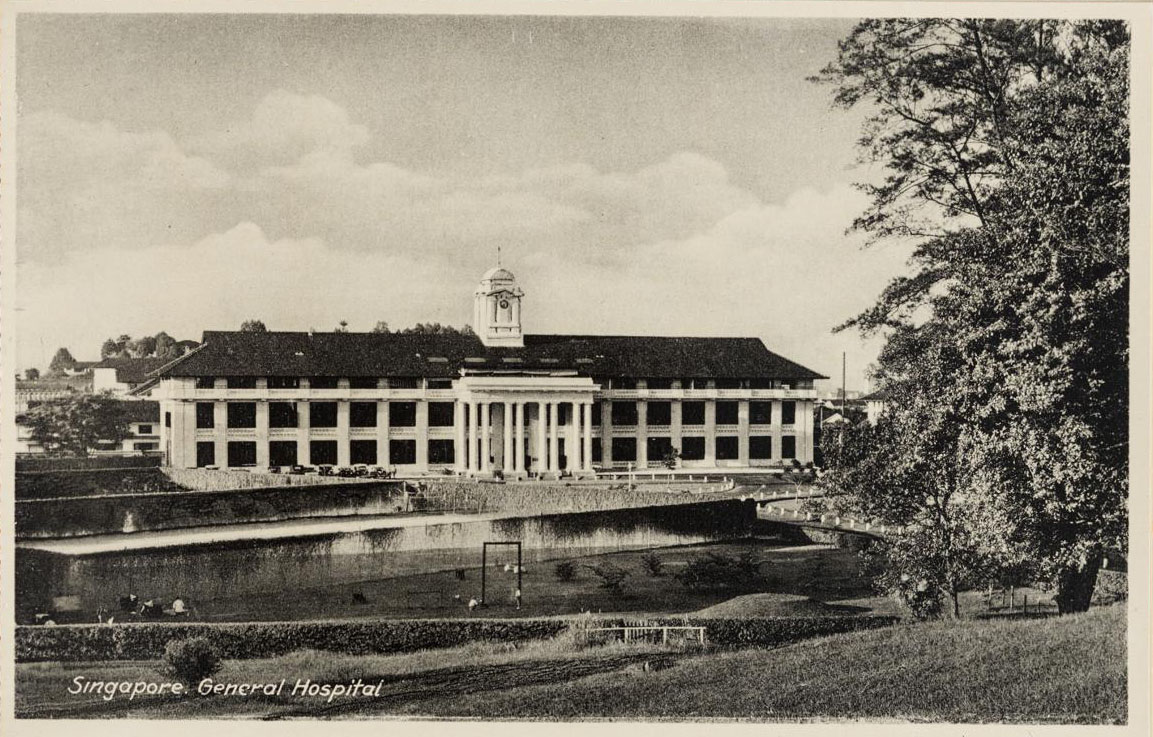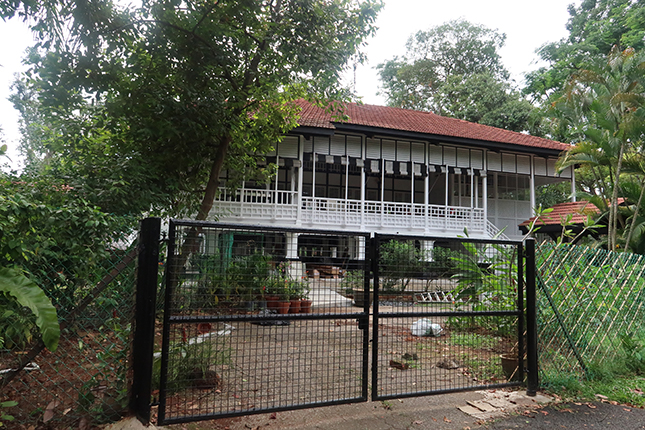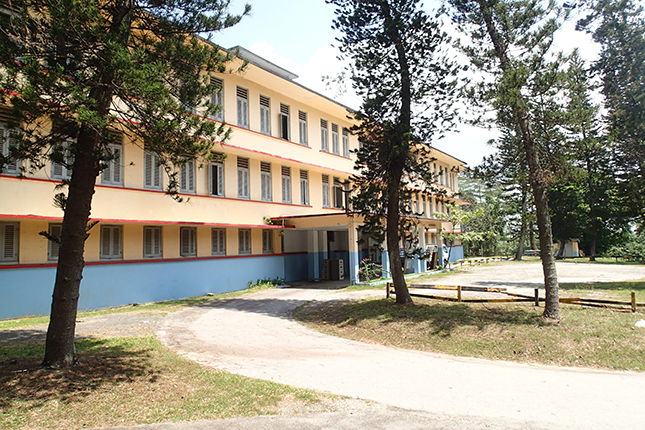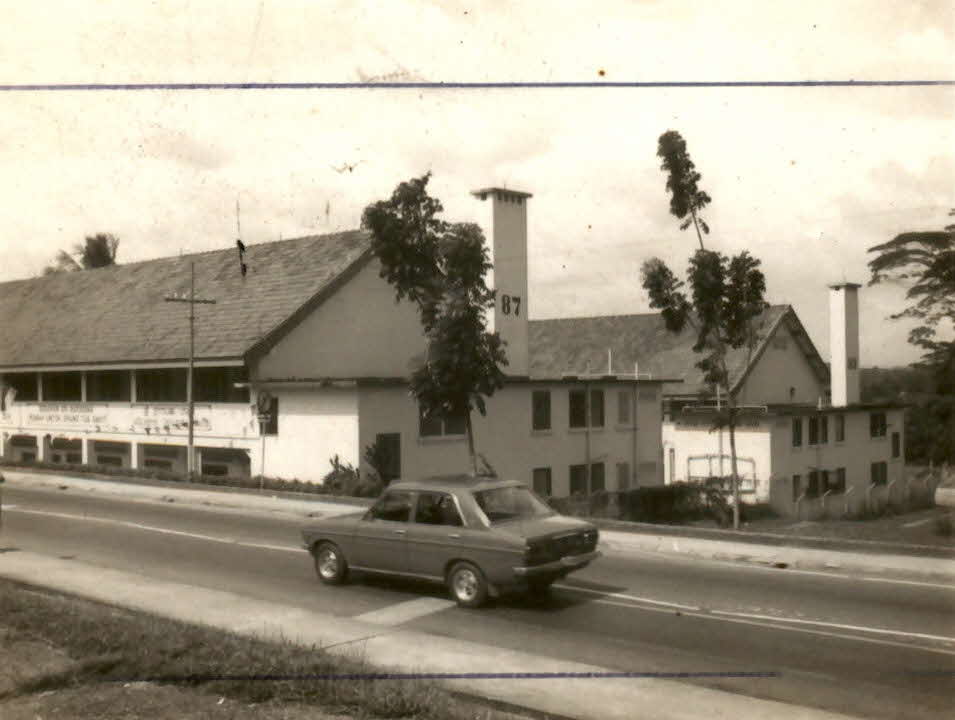If the walls of S. P. Jain School of Global Management could talk, it would speak about the rich and vibrant history of the colonial residential estate.
The sprawling estate was constructed between 1935 and 1940, modelled after the classic English garden suburb in order to house British military personnel. In the subsequent years to come, the estate saw the addition of more houses where army doctors and technicians from the nearby British Military Hospital (now known as Alexandra Hospital) took up residence.
The primary purpose of housing British officials was probably what gave rise to the roads within the estate being named after places in Britain, such as Berkshire, Bury, Canterbury, Cornwall, and York, with the exception of Hyderabad Road. It has been suggested that the name of the street derived from the Nizam of Hyderabad, linking back to a line of princes to the last days of Mughal India.
The clusters of buildings in the estate were initially used as the Officers’ Mess for Gillman Barracks. However, when the Japanese occupied Singapore from 1942 to 1945, the houses on the site were converted into barracks for Japanese medical officers, including an observation post.
Subsequently after the British military withdrawal from Singapore in 1971, the buildings were relinquished to the Singapore government. In 1973, it housed the Dental Health Education Unit, which became the Institute of Dental Health from 1975 until 1998. The Ministry of Health temporarily took up residence within its premises in 1978 when its official headquarters on Palmer Road was damaged in a fire.
Today, the classical buildings are home to the S.P. Jain School of Global Management after it was renovated and reopened in 2007. It is the first Indian tertiary institution to have a campus in Singapore, which is rather apt, considering that Hyderabad Street was suggested to have links with India’s history.
The colonial-era estate is located on the outskirts of Alexandra Park, and surrounded by lush vegetation. The white plaster walls of the two-storey buildings stand out in stark contrast to the deep, verdant green of the encompassing flora.
Buildings and sites featured on Roots.SG are part of our efforts to raise awareness of our heritage; a listing on Roots.SG does not imply any form of preservation or conservation status, unless it is mentioned in the article. The information in this article is valid as of November 2019 and is not intended to be an exhaustive history of the site/building.















